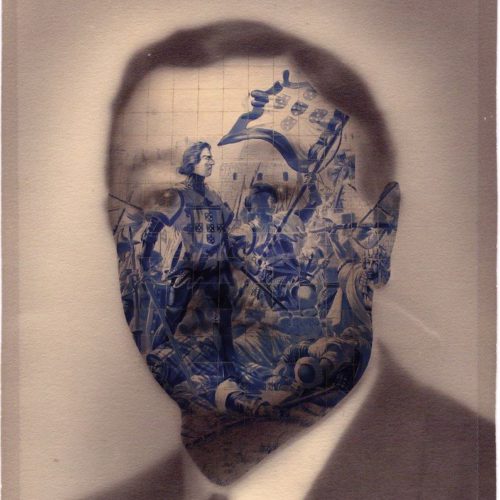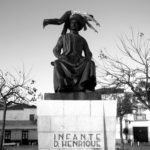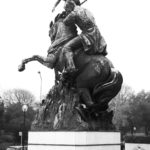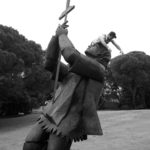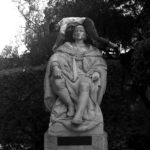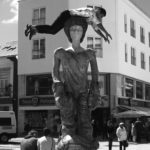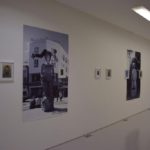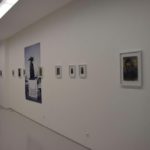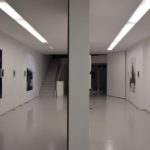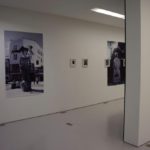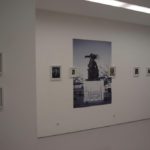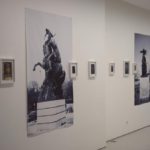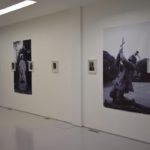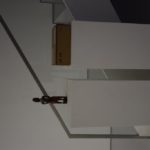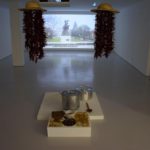from the 12th of January to the 11th of February
Márcio Carvalho on this exhibition:
For a long time, in Western societies, statues and monuments have been the temples of our memories. They are symbolic spaces of remembering and forgetting in which the time sequence of past and present are continuously recombined. These mnemonic signs represent a system of past experience (that we usually call memory) and present experience (that includes the process of remembering past experience). These statues produced in the west or brought from non western cultures, when installed and performed by western specialized professionals and institutions, became preconditions to retrieve and commemorate the past at the same time they fossilize cultural practices and forms of remembering, preventing the emergence of alternative narrations about the past.
If western and non western objects assume different forms and meanings in different historical periods, how do these changes affect our interpretations of these objects and the archives, sites and contexts that narrate their historically specific meanings? Are museums, archives and other structures for knowledge production in the west valued higher than the cultural processes that bring these objects into being? How could the ways we relate with those objects be re-invented? Based in which knowledge production systems?
Many non western cultures believe that objects which are not regularly touched/used lose all their power and potential for becoming. Different memory makers such as museums and other institutions in the west, preoccupied with preservation logics and driven by power over memory, they overlook these relations between bodies and objects and miss any chance of evolving together with such epistemological systems. Bitter Past. Bitter Kola. is an art and research project that analyses and performs distinct statues – an African wooden statue brought from my parents house and other public art statues situated in several Portuguese cities – based on the belief that objects have to be constantly touched to keep their potential of becoming and therefore to keep adding memories into our collective stories.
Artist statement:
My artistic practice is focused on collective technologies and practices of remembering. I’m interested primarily on how these can influence individual and group memory of past events. Most of my recent projects research the influences of history and storytelling on the formation of autobiographical and collective memory. Finally I’m concerned with the reasons why some narratives became part of history while others are excluded.
Márcio Carvalho, 2016
Biography:
Márcio Carvalho (Lagos, 1981) is a Portuguese visual artist and an independent art curator, based in Berlin. He holds a master degree in performing arts at HZT/UDK Berlin and a master degree in Visual Arts at ESAD in Portugal. Carvalho’s practice for the last five years have been focused on memory and its influences upon collective groups and individual people. Science and human behavior, network sciences, appropriation and fiction are some concepts and forms used by the artist to research on autobiographical, collective and cultural memory, and its impact into social, cultural, political and economic contemporary life.
He is the co-founder and curator of the performance art program CO-LAB editions. The performance art program initiated at Savvy Contemporary in Berlin and will continue its second edition in Copenhagen in collaboration with LiveArt.dk organization.
In the past he was founded the artist residence program Hotel25 in Berlin and initiated programs and festivals such as “The Powers of Art”, the first international TV Show dedicated to showcasing a crossing between performing arts and paranormal activity and Plot in Situ festival of Performance art in Berlin
http://www.marcio-carvalho.com

